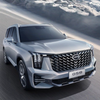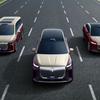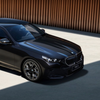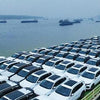Understanding the Rising Quality of Chinese Cars!
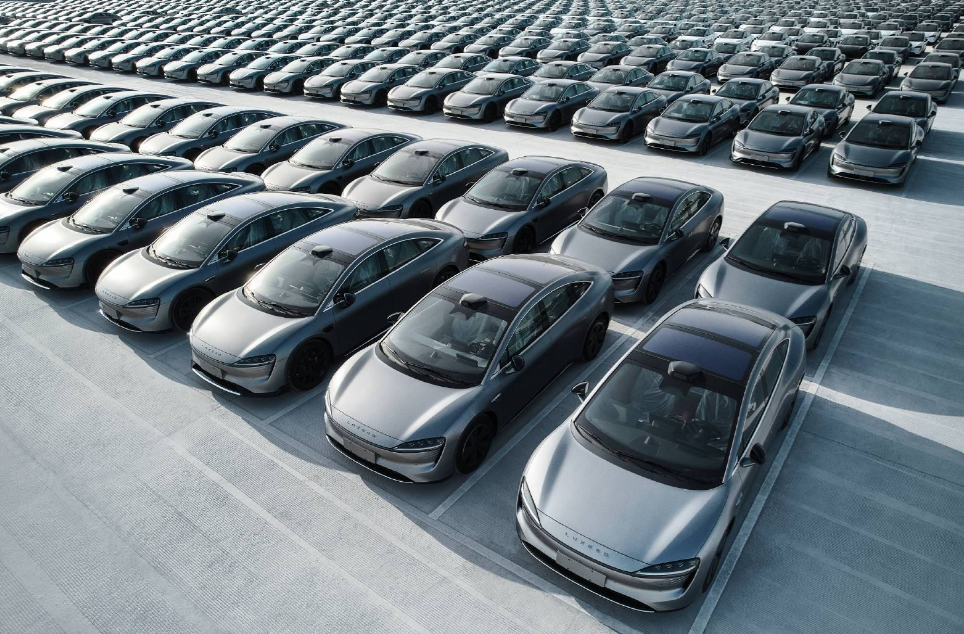
Understanding the Rising Quality of Chinese Cars!
For many years, when people thought about cars from China, they often imagined cheap, low-quality vehicles that wouldn't last long. This old stereotype is no longer true. Today, the global automobile industry is witnessing a remarkable transformation.
Chinese car manufacturers are no longer just copying others; they are innovating, designing, and building cars that can compete with, and sometimes even surpass, established brands from Japan, Europe, and America.
This article will explore how Chinese cars have achieved this new level of quality, looking at both their popular fuel-powered and electric vehicles sold around the world.

From "Cheap Copy" to "Quality Choice": The Journey of Improvement
So, how did Chinese car brands manage to change their image so dramatically? The answer lies in a combination of learning, investment, and a fierce competitive spirit at home.
First, many Chinese companies started by forming joint ventures with famous international carmakers like Volkswagen, General Motors, Toyota, and BMW. For decades, these partnerships allowed Chinese engineers and workers to learn world-class manufacturing techniques, quality control standards, and management processes.
They absorbed this knowledge and then began to apply it to their own, independently developed brands.
Second, Chinese manufacturers invested heavily in Research and Development (R&D). They built massive, state-of-the-art design centers and testing facilities.
They hired top talent from around the globe—engineers, designers, and software developers—to help them create their own technologies. This focus on innovation is especially visible in the electric vehicle sector.
Finally, the domestic market in China is the most competitive in the world. With dozens of local brands and all the international giants fighting for customers, simply being cheap is not enough.
To survive, Chinese companies had to offer better designs, more advanced features, higher quality materials, and longer warranties. This "battlefield" at home prepared them perfectly for the global stage.
Now, let's look at some of the specific brands and models that are winning over customers abroad.

Popular Fuel-Powered Cars for Export: Powerful and Packed with Features
While the world is talking about Chinese EVs, their traditional fuel-powered cars (powered by gasoline or diesel) are also very successful in many countries.
These models are popular because they offer a lot of "bang for your buck"—meaning you get many high-end features for a very reasonable price.
1. Chery: A Global Pioneer
Chery is one of China's oldest and most experienced car exporters. They have a strong presence in Latin America, the Middle East, and Russia.
Tiggo Series (Tiggo 7 & Tiggo 8): These SUVs are among Chery's best-sellers. The Tiggo 8 is a large, family-friendly SUV that often comes with three rows of seats. Customers are impressed by its spacious interior, comfortable ride, and powerful engine options.
The build quality has improved significantly over the years, with better plastic materials, soft-touch surfaces, and quiet cabins that reduce road noise.
Quality Focus: Chery offers long warranties in many markets (often 10 years or 100,000 miles on the engine), which shows they trust their own manufacturing quality. This gives customers great peace of mind.
2. Geely: The Smart Giant
Geely made headlines when it acquired Volvo Cars in 2010. This was not just a purchase; it was a masterclass in learning. Geely gave Volvo the independence to thrive, while gaining access to Volvo's legendary safety technology and engineering expertise.
Coolray (sold as Binyue in China): This small SUV is a design superstar. With its bold, sporty look and energetic performance, it appeals to young drivers. Inside, it feels like a much more expensive car.
It often comes with a large, central touchscreen, a digital instrument cluster, and advanced driver-assistance systems like adaptive cruise control and lane-keeping assist—features that are usually optional extras in more expensive brands.
Azkarra: A slightly larger SUV, the Azkarra continues this trend. It offers a refined driving experience, a high-quality interior, and a level of technology that challenges established competitors like the Honda CR-V or Toyota RAV4.

The Electric Revolution: Leading the World in EV Quality
This is where Chinese brands are truly shining. They have taken a massive lead in the electric vehicle market, creating cars that are not only affordable but also technologically breathtaking.
1. BYD: The Battery and EV Specialist
BYD started as a battery manufacturer and is now the world's largest producer of electric vehicles. Their deep knowledge of battery technology (they make their own "Blade Battery") gives them a huge advantage.
Their batteries are known for being very safe, long-lasting, and efficient.
BYD Atto 3: This compact SUV is a global bestseller, especially in Europe, Australia, and Southeast Asia. It wins people over with its fantastic value. For the price of a basic gasoline car from another brand, you get a modern EV with a stylish interior (with quirky, guitar-string-like door elements), a rotating central touchscreen, and a very comfortable ride.
Its quality is consistently praised in international reviews.
BYD Seal and Dolphin: The Seal is a sporty sedan that directly competes with the Tesla Model 3. It boasts incredible performance, a luxurious interior, and cutting-edge technology.
The Dolphin is a smaller, city-friendly hatchback that doesn't feel cheap. It proves that you can have a high-quality, well-built electric car at an accessible price.
2. NIO: The Premium Experience
If you want to see the absolute peak of Chinese quality and innovation, look at NIO. This brand positions itself as a direct rival to Audi, BMW, and Mercedes-Benz in the premium EV segment.
NIO ES8 and ET7: The ES8 is a large, six or seven-seater SUV, while the ET7 is a executive luxury sedan.
Both cars feature stunning, minimalist interiors made with sustainable materials like recycled fabric and karuun wood. The build quality is exceptional, with perfect gaps between panels and silence in the cabin.
But NIO's real innovation is its Battery Swap service. Instead of charging for 30 minutes, a NIO driver can go to a swap station and have a fully charged battery installed in under 5 minutes—a huge convenience.
Customer Service: NIO focuses on building a community, offering exclusive clubs and excellent service, which is a part of their "quality" promise.
3. XPENG: The Tech Lover's Dream
XPENG's entire philosophy is built around smart technology and autonomous driving.
XPENG G9 and P7: The G9 SUV is a technology flagship. It features super-fast charging, allowing it to add 200 km of range in just 5 minutes.
Its interior is a multimedia paradise with a premium sound system and screens for both the driver and passenger. The P7 is a sleek sports sedan known for its excellent handling and advanced XPILOT driving assistance system, which can navigate highways almost autonomously. The software is constantly updated, making the car better over time.

Conclusion: A Quality Choice for the Future
The story of Chinese cars has completely changed. They have successfully moved from being the budget alternative to becoming a serious, high-quality choice for consumers worldwide.
Their fuel-powered cars offer incredible value, packing luxury features and solid build quality into affordable packages. Their electric vehicles are simply world-leading, setting new standards for technology, design, battery efficiency, and value.
For anyone looking to buy a new car, it would be a mistake not to consider a Chinese brand. They are proof that with dedication, investment, and a competitive drive, a country's industry can redefine itself and earn a respected place on the global stage.
The quality of Chinese cars is no longer a question; it is a compelling reality that is reshaping the roads of the world.
If you are interested in the content of the article, please do not hesitate to contact us for more vehicle related information:YL Automobile

Relatated Reading:

